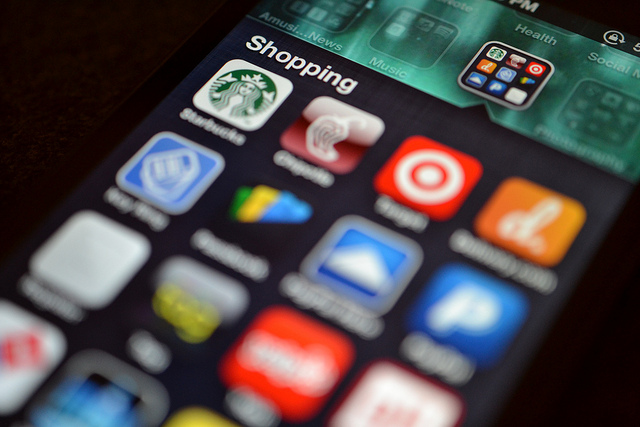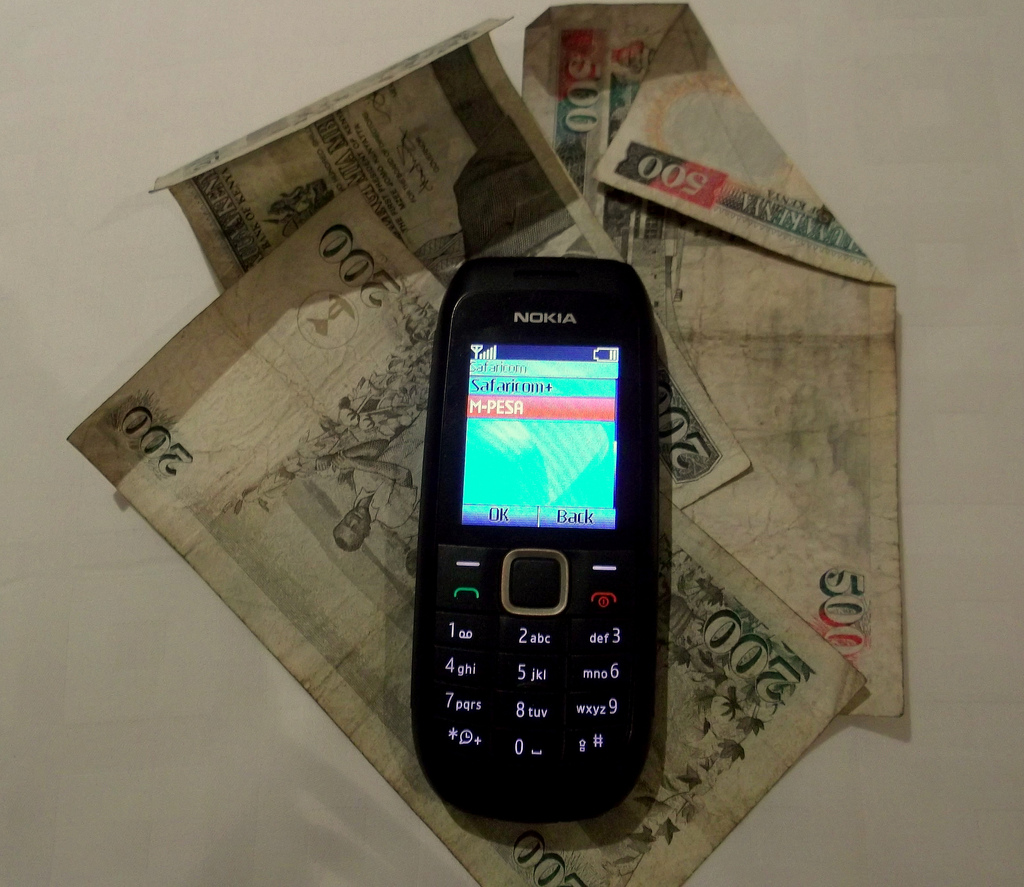
This post first appeared on All Payments Live.
Excluding South Africa, Sub-Saharan Africa currently has less done 30 million bank cards in circulation, yet there are over 150 million mobile wallets out there with an estimated $90 billion in transaction value.
Banking penetration is generally on the low side. This is a good indication of the potential, given that banks are very profitable across the continent on a small customer base. A classic example is Ghana, which currently has about 5.9 million bank accounts as at May 2014, between 29 banks with a distribution network in excess of 400 branches. This took about 62 years to sign on, compared with Mobile wallets of which there are currently about 10 million, with 24 million transactions occurring monthly and took less than 10 years to acquire.
The current trend suggests that mobile wallets are the fastest growing on the continent and have the potential to serve over 500 million consumers by 2020 if all the players – multinationals, payment service providers, mobile marketplaces and mobile telephony operators among others – get their act together.
Mobile wallet growth was borne out of an initial need to first communicate with each other, followed by the need to move cash. Today the burden is to go beyond moving cash to storing value on mobile wallets and pushing transactions for payment, in a bid to create a cash lite ecosystem which touches the lives of all persons across the usage conveyor belt. The big question is how and when, and at what rate?
We need to move mobile wallets to a transaction ecosystem where users can pay for goods and services at point of sale, receive remittances digitally on their wallets, run loyalty programmes on these wallets, sale of micro insurance, use of mobile wallets for credit scoring, lending and investment services amongst others.
There is a desperate need to give all players a skin in this game – just like the development of EMV – where we have interoperability, cross border transactions, and multi currency usage. We need to get to the point where mobile wallet acquiring is the norm and not unique, where mobile acceptance at point of sale for payment is an everyday thing.

Zeepay, ApplePay, and Paypal are actively working towards this through the use of near field communication (NFC) technology and indeed providing that game changer service which would change the world.
Just as the magnetic strip revolutionized payment through the use of plastic card, near-field communication (NFC) in Africa would facilitate the move to Retail payments using mobile wallets and phones at point of sale. Through the use of Retail Enablement technology, NFC can be used to enable existing mobile wallets for acceptance of payments on the point of sale.
Either through the use of NFC tags on phones or their embedded chips enabling mobile phones to transmit banking and payment data when placed near readers such as point of sale devices. Unlike a debit card, a mobile phone can display interactive payment details and support real time interactions. Rather than the use of paperwork these apps can be downloaded or signed on at point of sale using PoS or tablet devices also. This is something that I like to call #MobileFintech.
Given that over 4 billion people have access to a mobile phones, the opportunity is enormous. Studies by Visa show that Americans are twice as likely to carry a phone as cash; those between 18 and 34 are four times more likely. Mobile payments doubled between 2012 and 2013 to $1 billion. eMarketer predicts mobile payments will top $58 billion by 2017, and phones are just the beginning of e-cash.
The obvious question then is how different is Card Acquiring from Mobile Acquiring, both are the same in that one uses card for payment acceptance, while the other uses mobile phones for payment acceptance all at point of sale. However the difference is that although we have standardized rules for Card Acquiring we do not have standards for Mobile Acquiring.
I would like to propose that we form a digital alliance that would ensure that the new acquiring rules we develop for mobile wallets are all encompassing and factors in the relevant regulatory compliance, consumer protection and yet favorable to Merchants who are critical partners to this new trajectory.
Visit www.myzeepay.com for more information on how we are using digital technology to extend the use and value of mobile wallets in Africa and globally
Want to know more? Andrew Takyi-Appiah will be taking part in the panel discussion Industry insights on wallet wars: how winning wallets could recreate the Uber experience by making payments invisible taking place on Tuesday 22nd March at the All Payments Expo in New Orleans.










